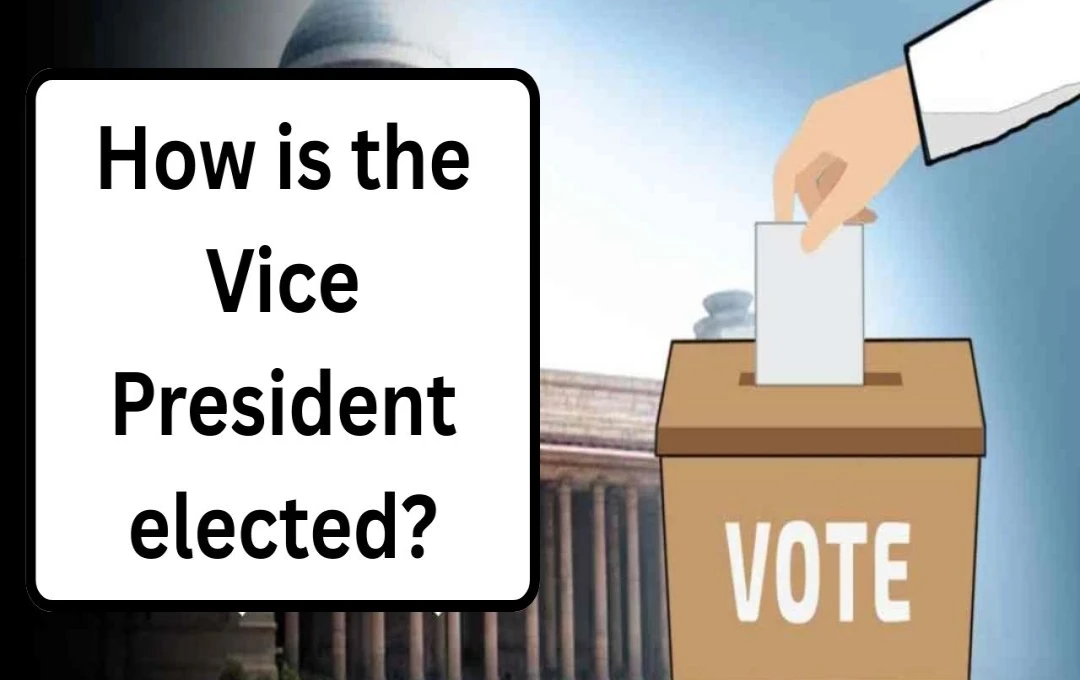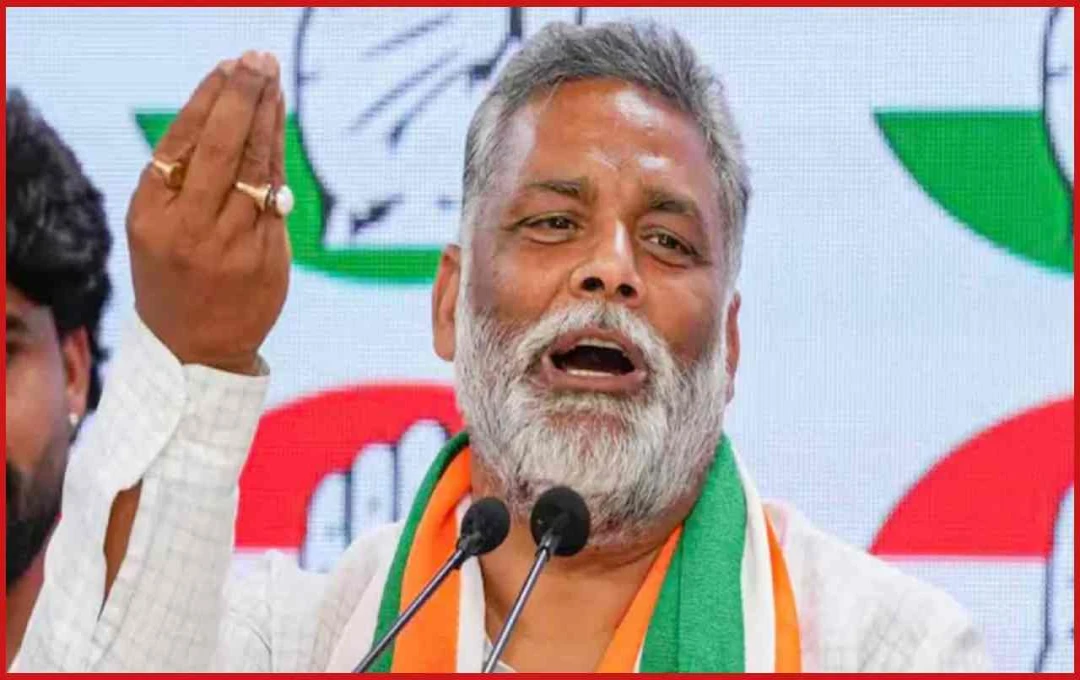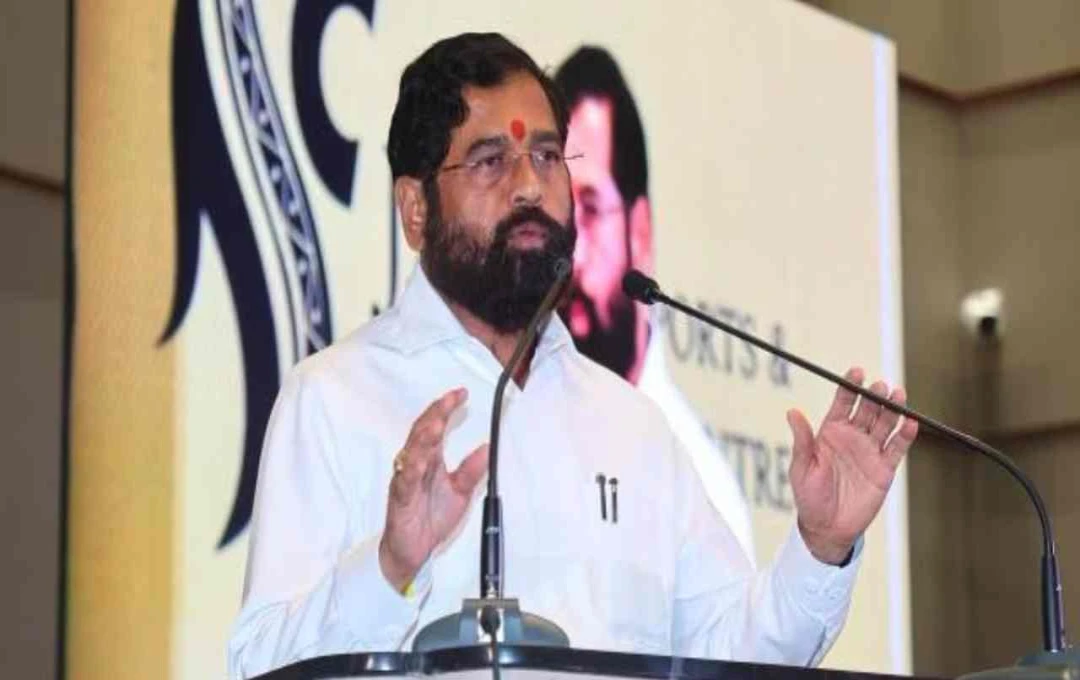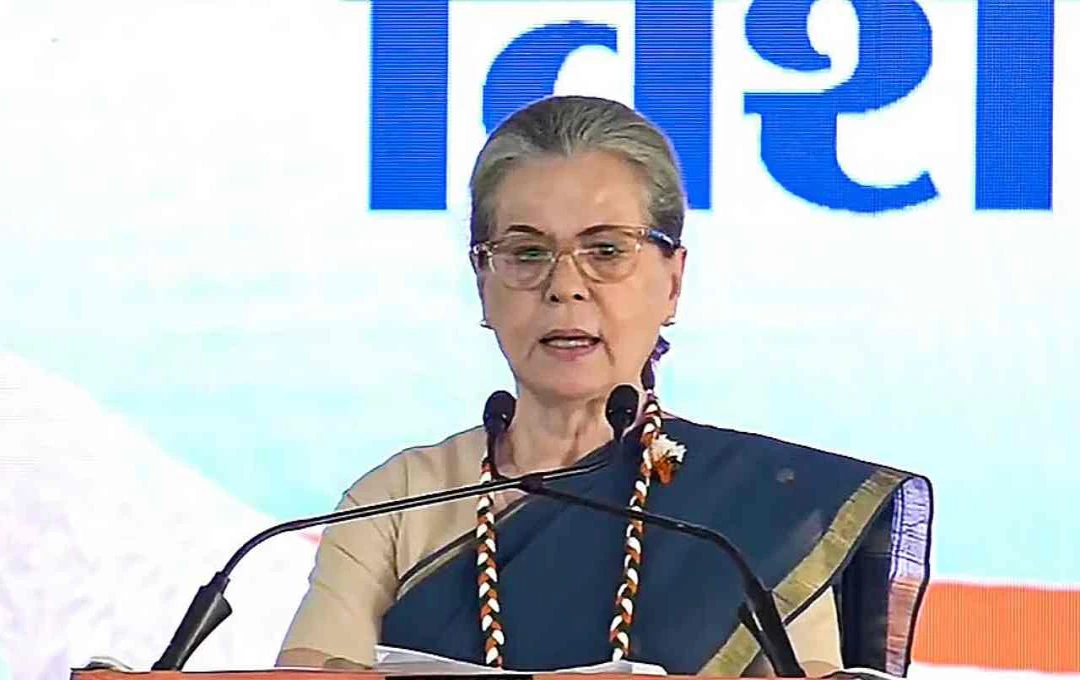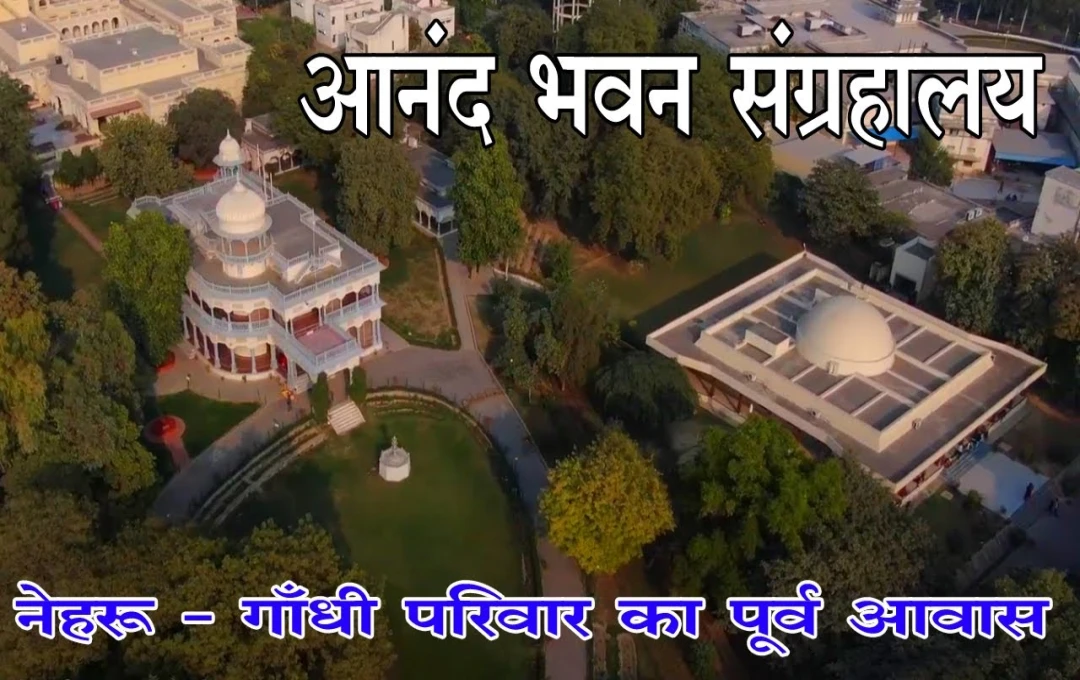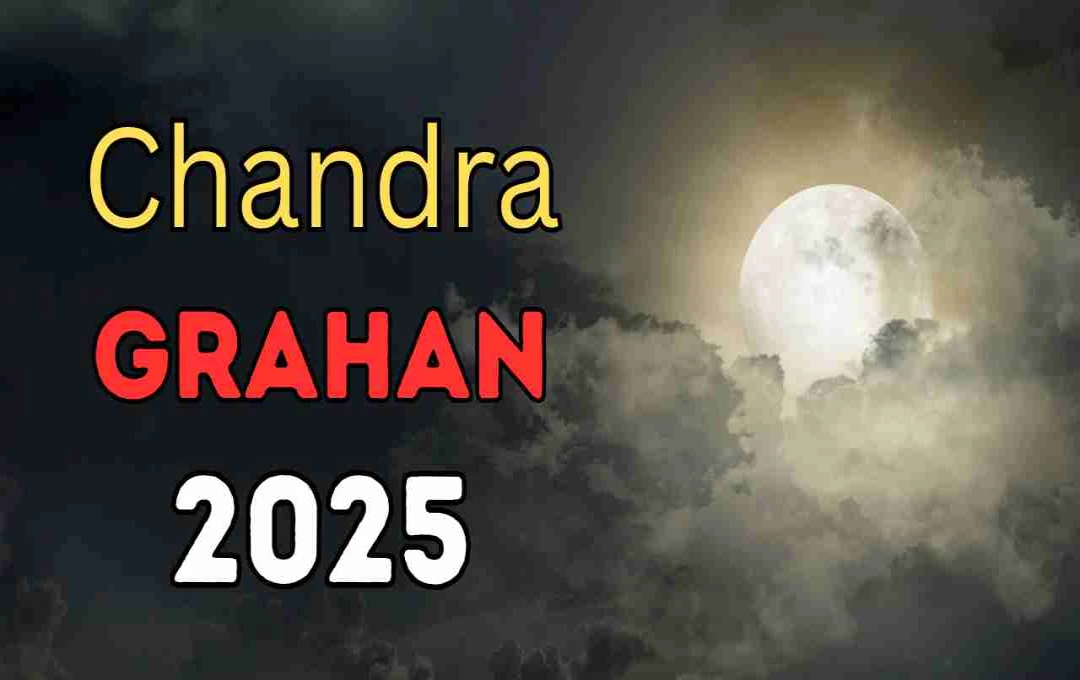The use of EVMs (Electronic Voting Machines) has become common in Lok Sabha and Assembly elections in the country. More than 5 Lok Sabha and 130 Assembly elections have been conducted through EVMs.
New Delhi: A total of 5 Lok Sabha and over 130 Assembly elections have been successfully conducted using EVMs in the country so far. However, EVMs have not yet been used for Presidential, Vice-Presidential, Rajya Sabha, and Legislative Council elections. The primary reason for this is that EVMs are designed as vote aggregators.
That is, Electronic Voting Machines are suitable for elections where the electoral process is straightforward and the voter has to choose only one candidate. Voters can cast their vote by pressing the button next to a single candidate. Conversely, the process for Presidential and Vice-Presidential elections is different because in these, the voter has the option to choose more than one candidate based on preference.
Why EVMs are Suitable for Direct Elections
EVM machines are designed as vote aggregators. This means they are made for elections where the voter selects only one candidate. For example, in Lok Sabha and Assembly elections, voters cast their vote by pressing the button next to the name of a single candidate. The machine tallies the votes and declares the winner.
However, the process for Presidential and Vice-Presidential elections is different. Here, proportional representation and the Single Transferable Vote system are used. In this system, the voter votes for more than one candidate in order of preference.
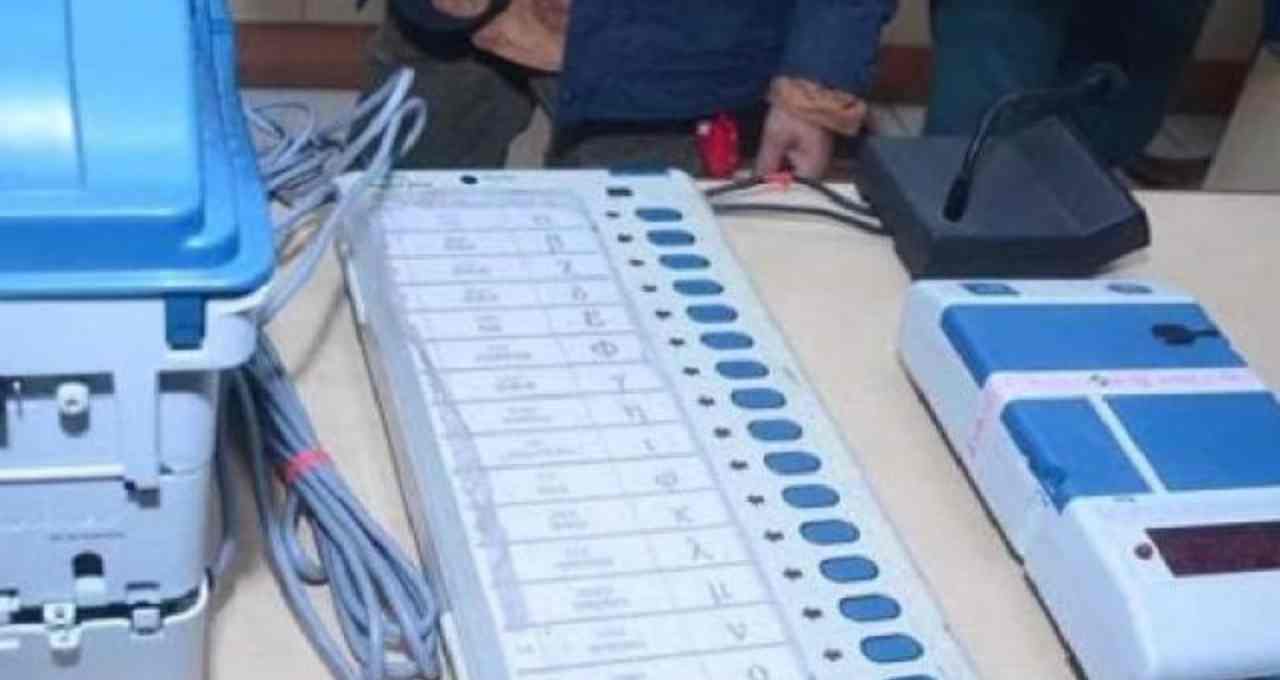
Process of Presidential and Vice-Presidential Elections
In Presidential or Vice-Presidential elections, if there are five candidates, the voter indicates their preference by assigning serial numbers (1, 2, 3, ...) next to their names on the ballot paper. Votes of First Preference: The candidate who receives the most first-preference votes is declared the winner. In case of a tie, Votes of Second Preference: If the first-preference votes are equal, the candidate with more second-preference votes is declared the winner.
Transfer of Votes: If a candidate does not receive enough votes, their votes are transferred to the candidate of the next preference. The current EVM technology is not capable of handling this complex process.
History and Legal Acceptance of EVMs
The idea of EVMs emerged in 1977. Electronics Corporation of India Limited (ECIL), Hyderabad, was assigned the responsibility for their design. The first prototype was ready in 1979, and its first use was in the 1982 Kerala Assembly elections. However, due to a lack of legal provisions at the time, the Supreme Court rejected the use of EVMs. Subsequently, in 1989, EVMs were given legal recognition by amending the Representation of the People Act, 1951. In 1998, EVMs were used in 25 Assembly constituencies in Delhi, Rajasthan, and Madhya Pradesh.
In 2001, elections in Tamil Nadu, Kerala, Puducherry, and West Bengal were entirely conducted using EVMs. After this, the use of EVMs became common across the country. EVM machines have helped make the counting and electoral process faster and more transparent. Since 2004, Lok Sabha elections have been entirely dependent on EVMs. Voters can choose only one candidate, and the machine immediately tallies the votes and provides the results.
However, Presidential and Vice-Presidential elections involve the transfer of votes and preference-based counting. This requires new technology or updated EVM models to handle.
